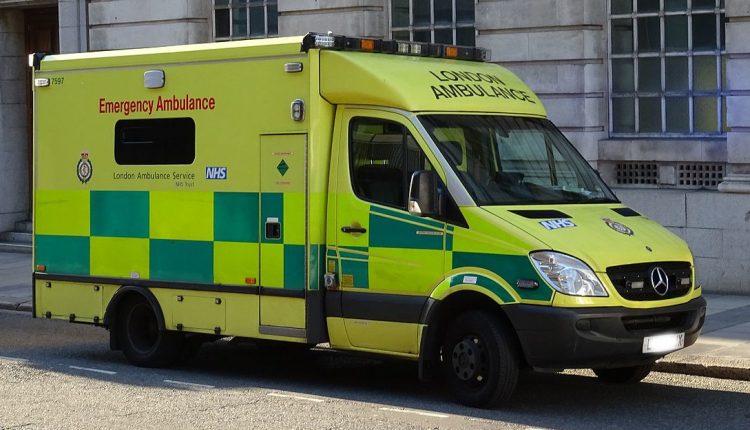
Ambulance safety standards by the English NHS trusts: base vehicle specifications
What about the ambulance safety standards in the UK? The English NHS ambulance trusts realized the “National ambulance vehicle specification for English NHS ambulance trusts” where they explain the standards of each emergency vehicle they use. Here we will analyze briefly the standards and the base ambulances characteristics.
The “National ambulance vehicle specification for English NHS ambulance trusts” gives the national ambulance vehicle safety standards for English NHS ambulance trusts. Everything you will read below is valid for the NHS Standard Contract for ambulance services from 2019/20
Ambulance safety standards in England: specifications introduction
English NHS ambulance trusts use several vehicle types, according to the services to provide. They can include: responding to 999 calls for emergency situations, and providing patient transport, including specialist ones. Of course, ambulance services are not limited to these, but generally we can make this difference. Below, there are standard emergency double-crewed ambulance specification.
Ambulance safety standards in England: National specification for emergency double-crewed ambulances
Definition
- This specification is for a standard emergency double-crewed ambulance (DCA), which is further defined in standard BS EN 1789:2007 + A2:2014 (as amended and/or replaced) as a type B emergency ambulance: a “road ambulance designed and equipped for the transport, basic treatment and monitoring of patients”;
- For clarity, this specification excludes any specialist/adapted vehicles used solely to provide services to specific patient groups, egbariatric and paediatric;
- Due to the specific and complex nature of a DCA, trusts commonly purchase the base vehicle and its conversion separately, and this specification is in two parts. Part 1: base vehicle. Part 2: conversion;
- Providing the specification in two parts allows for separate procurement while retaining a supplier’s ability to provide a turnkey solution.
Adoption of ambulance safety standards in England
This specification is the high-level minimum standard for the purchase of new DCAs.It allows local variation within the parameters provided. We expect that with more collaboration across the sector, such as through formal/informal alliances, local variations will converge.
Furthermore, as the vehicles, their design and the equipment they carry develop over time, largely through collaborative innovation, this specification will need to become more detailed and the parameters narrowed.
Ambulance safety standards, part 1: Base vehicle
Vehicles and equipment supplied as part of this specification must comply with standard BS EN 1789:2007 + A2:2014, and the European Community Whole Vehicle Type Approval (ECWVTA) 2007/46/EC, both as amended and/or replaced, with reference to the national ambulance specification service-level agreement (SLA).
A letter of non-objection between the base vehicle manufacturer andthe converter must be provided to demonstrate compliance with the standards and ECWVTA until such time as the Worldwide Harmonised Light Vehicle Test Procedure(WLTP) supersedes this requirement. Base vehicle requirements table.
Ambulance safety standards, part 2: Conversion
Please note that where we refer toequipment supplier names, part numbers and other details in this specification, this is solely for the purposes of identifying the equipment type and the performance levels required by the trust. There is no mandatory requirement for a converter to includethis specific equipment in any conversion offer it submits.
The conversion specification has nine parts:
- general requirements
- body exterior
- technology
- cab requirements
- saloon requirements
- emergency lighting and switches
- vehicle inventory
- vehicle markings and livery
- compliance verification
Next article for the Conversion general requirements



